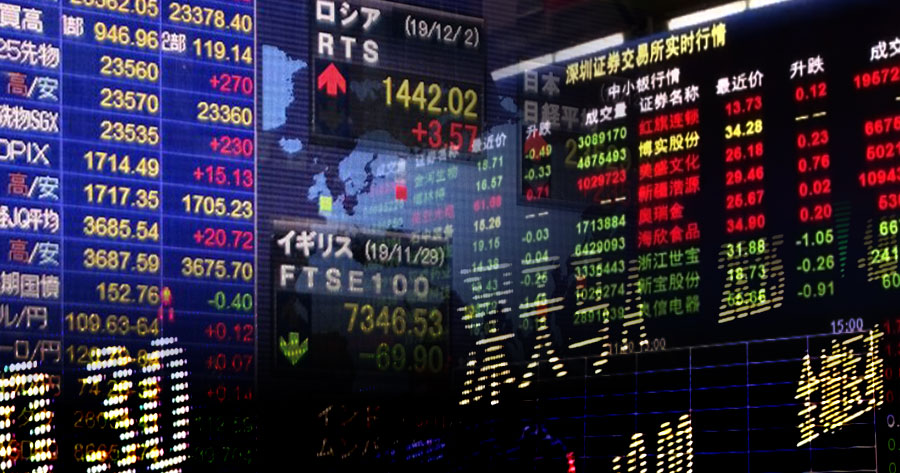Goldman Sachs significantly increased its target prices for MSCI China from 66 to 84 and for the CSI 300 Index from 4000 to 4600. The firm also made adjustments to its industry allocation, moving insurance and other financials to overweight, metals and mining to neutral, and telecommunications services to underweight.
Despite a significant surge in the Chinese stock market, both domestic and foreign institutions remain optimistic. On October 5th, Goldman Sachs raised its rating on the Chinese overall market to “overweight” in its latest report, predicting a further increase of 15-20%.
Goldman Sachs sees additional upside potential in the Chinese stock market, estimating a rise of 15-20%. However, uncertainties remain, including macro challenges and undisclosed details of fiscal policy. The firm increased the target prices for MSCI China and the CSI 300 Index based on forward valuations, implying a total return potential of around 15-18% from current levels.
In terms of sector allocation, Goldman Sachs plans to overweight insurance and other financials, maintain metals and mining at market weight, and underweight telecommunications services. The firm also retains its overweight position on internet and entertainment, technology hardware and semiconductors, consumer retail and services, and daily necessities due to expected benefits from loose policies and structural growth opportunities like artificial intelligence and unique Chinese consumption trends.
Just last week, Eugene Hsiao, Head of China Equity Strategy at Macquarie Capital, also gave a positive view on the market as well, saying that he remained optimistic about the potential for sustained gains in mainland stocks. He attributed the positive outlook to the combination of Beijing’s aggressive fiscal measures and increased retail investor activity, suggesting these factors could keep the rally alive well into the year’s end.
Meanwhile, Shehzad Qazi, Chief Operating Officer at China Beige Book International, concurred, while also cautioning about possible negative shifts in sentiment as we approach 2025. Qazi pointed out that while the stimulus is expected to significantly boost economic growth in the short term, its inability to address deeper structural issues may lead to disappointment and a potential market pullback.





